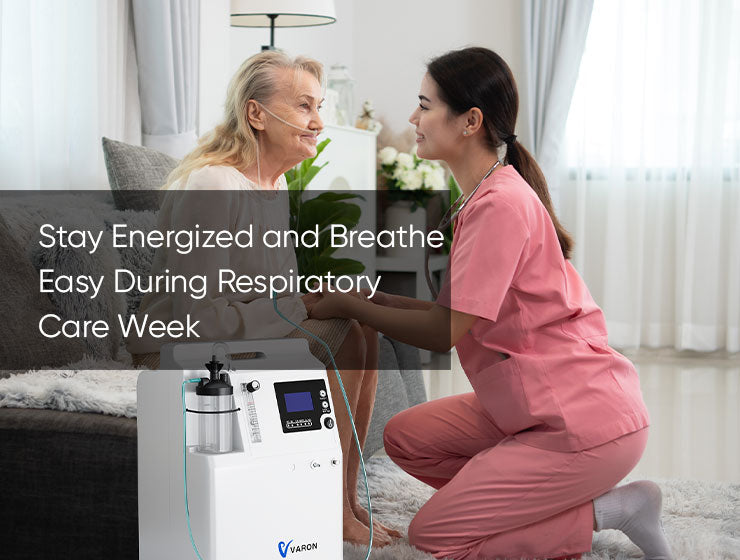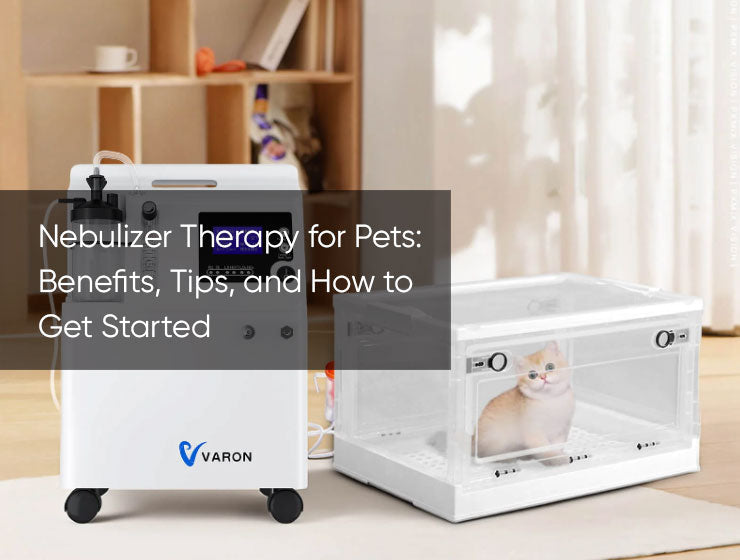Accidents and emergencies can happen with and without warnings, such as a severe snowstorm, hurricane or an unexpected fire. When they do happen, everyone, including oxygen therapy users, need to be able to act fast. To make sure that you’ll be prepared for anything, whether it’s an evacuation or a situation where you need to stay put, make sure that you’ve got your oxygen ready to go with you.
Get your power back.
Power can get knocked out easily, but it’s not always easy to fix the problem. Contact your power company to see if you qualify for a priority list in the event that your power is knocked out. If you don’t qualify or there is no such list available, you may be able to receive a temporary generator from them free of charge for the duration of the power outage.
Otherwise, consider purchasing a generator. A generator may be useful if your power frequently goes out and you have a stationary oxygen concentrator that does not run on batteries.
Keep extra batteries on hand.
Those who use portable oxygen concentrators will have to ensure that they have enough power to run their machines until they can recharge any empty batteries. You should always have a fully-charged battery on hand to rotate out with your regular battery, but you should also keep additional batteries in storage.
However, storing lithium batteries for the long-term must be done carefully. To ensure that your battery doesn’t lose its capacity, you should store your batteries, ideally, at a 40% charge around 60°F. You can also rotate all your extra batteries to make sure that there is at least one that is fully charged and not in use.
Get to know your batteries
In an emergency, you’ll need to know exactly how much power you have left. Learn how long it takes to charge a battery from empty until it has a full charge, as well as how long your batteries typically last on your specific setting. With this information, you can better plan out whether you need to find alternative power and when.
Know where (and how) to go
If you need to leave your home, make sure that you not only have a safe place to go to but a safe way to get there. If you plan on driving, keep your car filled with gas and your cellphone fully charged, along with additional charges for cellphones as well as your oxygen concentrator to use in the car.
Your safe place may be a relative’s or friend’s home, but a hotel is also a good option. For oxygen users, public shelters may not be the best bet, as they may not have the facilities (e.g., power) to run or charge your equipment; however, if emergency shelter is all that is available, let those in charge know you have oxygen requirements. Make sure that all family members, friends, caregivers know where you will be headed in the event of an emergency.
Talk to your doctor
In the event of an emergency in which power is precious, you may be able to reduce your oxygen intake to save your battery. Speak with your doctor to see if you would be able to lower your oxygen flow rate or dose in the event of an emergency but remember only to do so if the doctor gives his or her explicit approval!
Plan ahead
Don’t wait for an emergency to start preparing. You want everything ready in the hopefully unlikely event that you will need it. If disaster does strike, however, you can rest a little easier knowing that you’ve taken steps ahead of time to make sure you won’t worry about where you’ll get your oxygen.




















